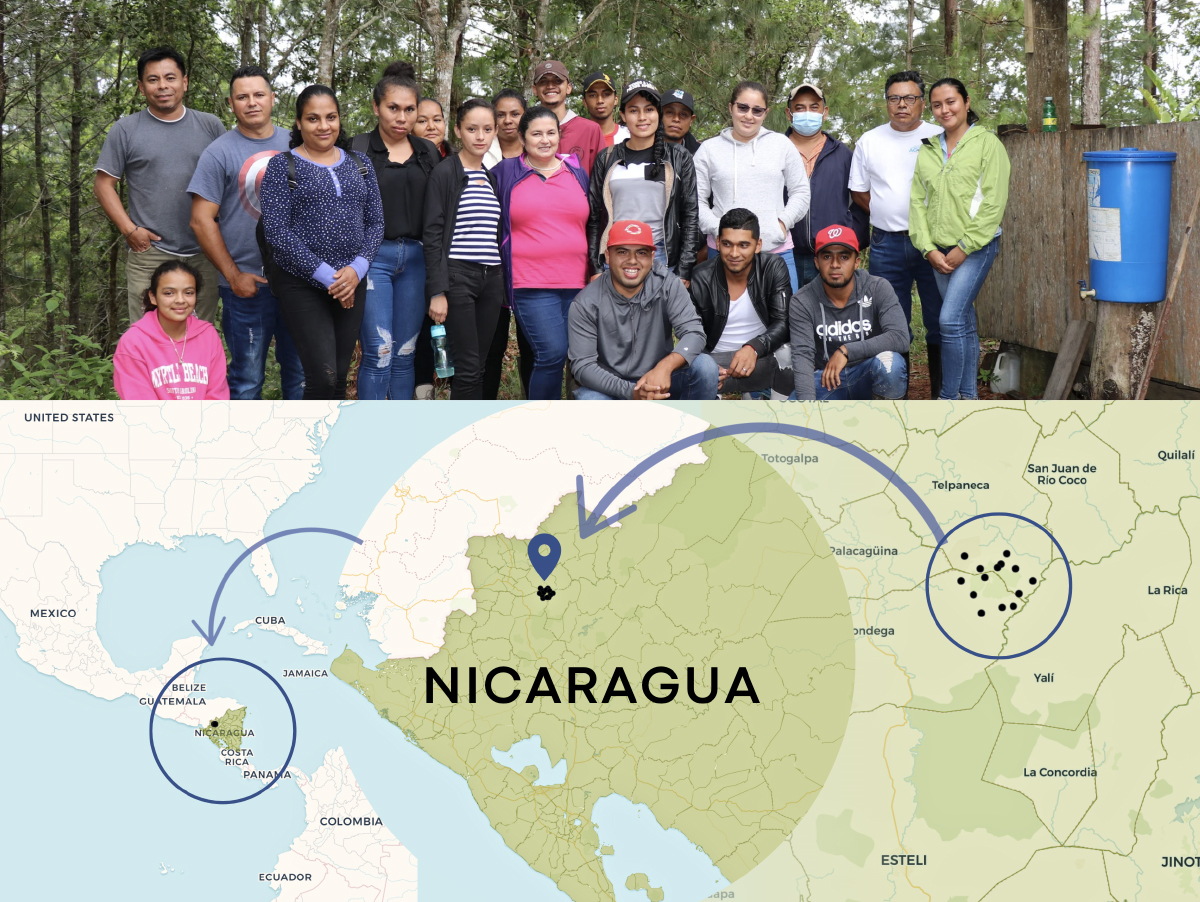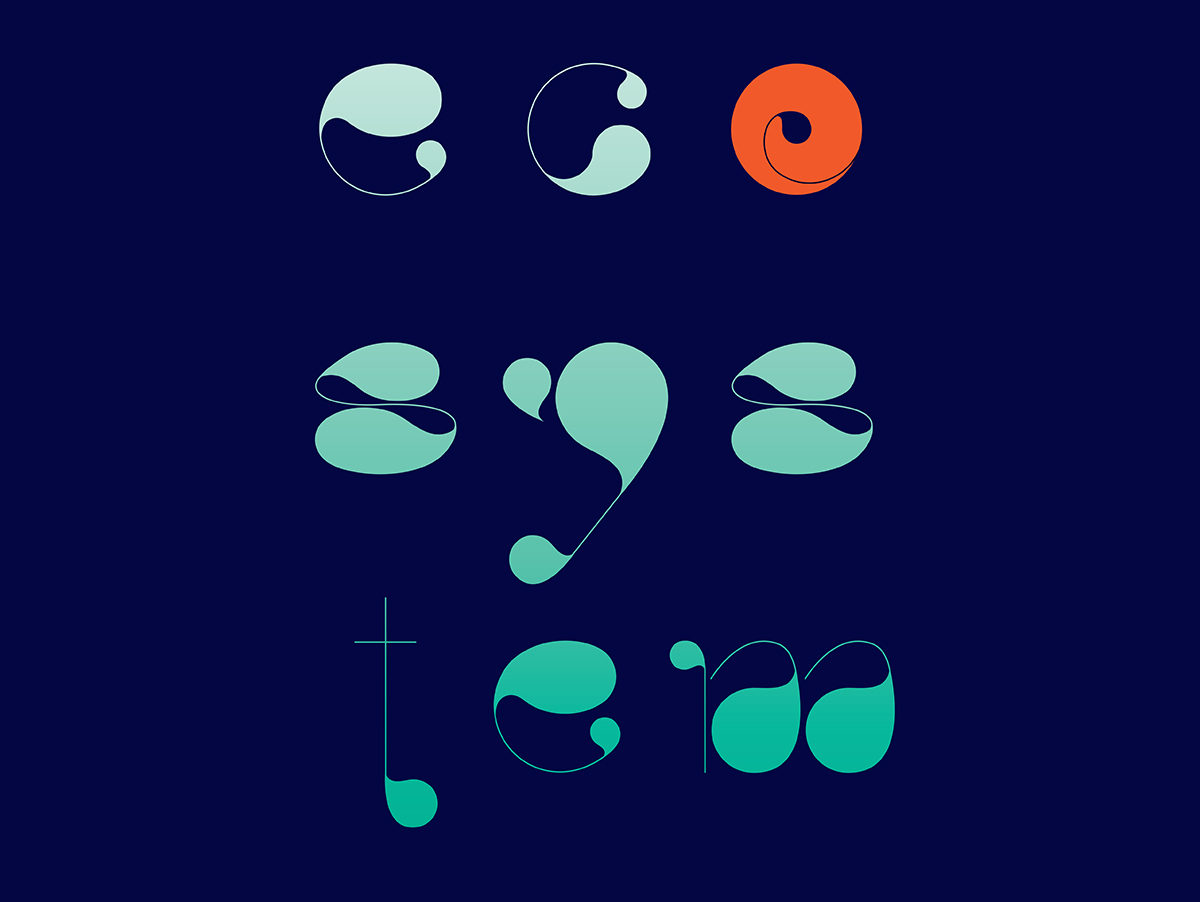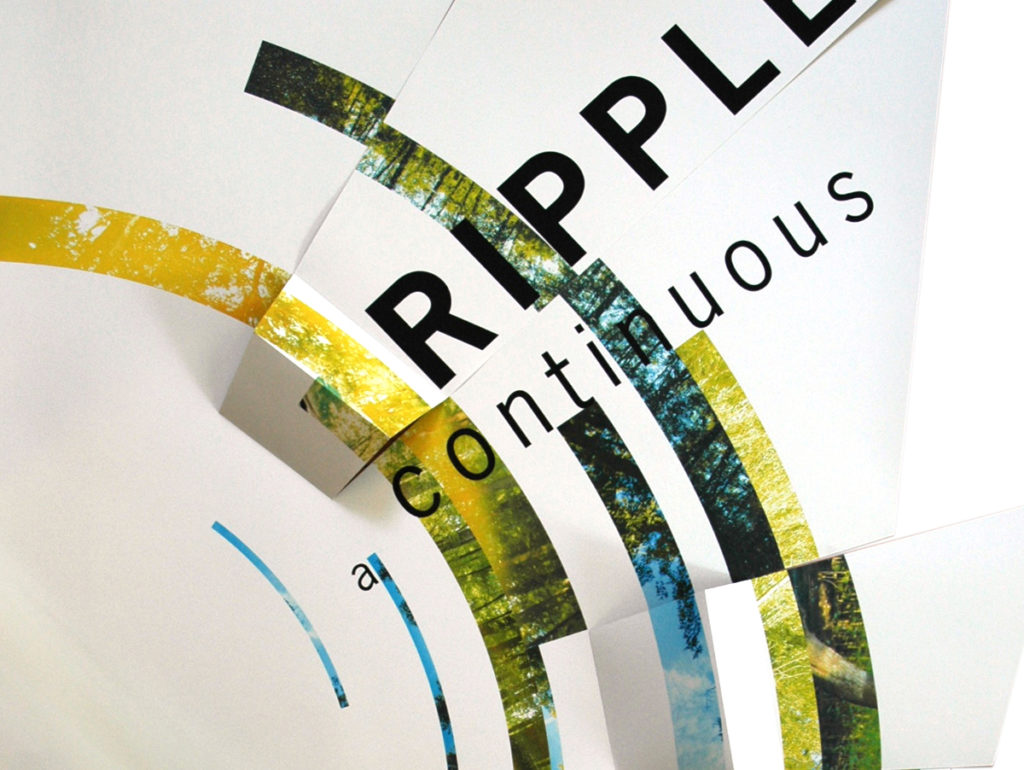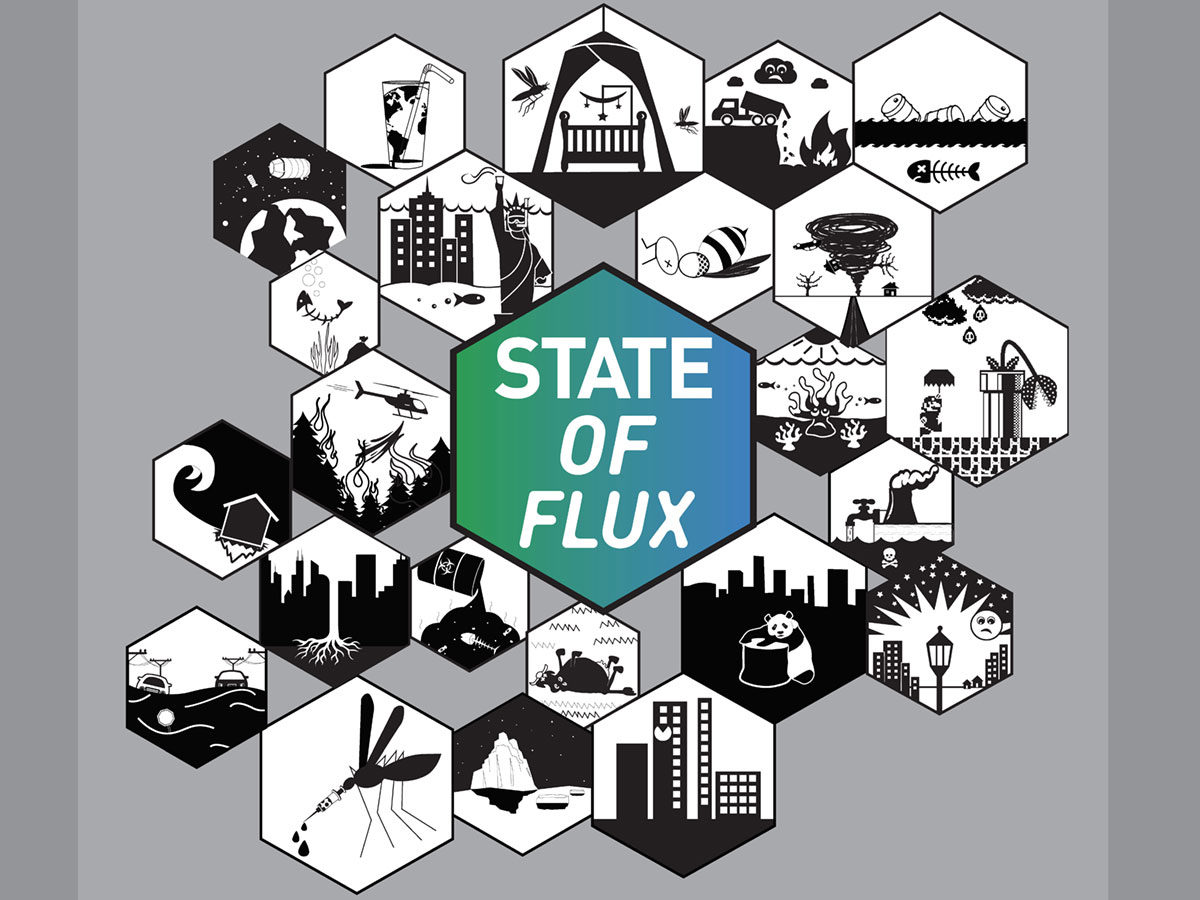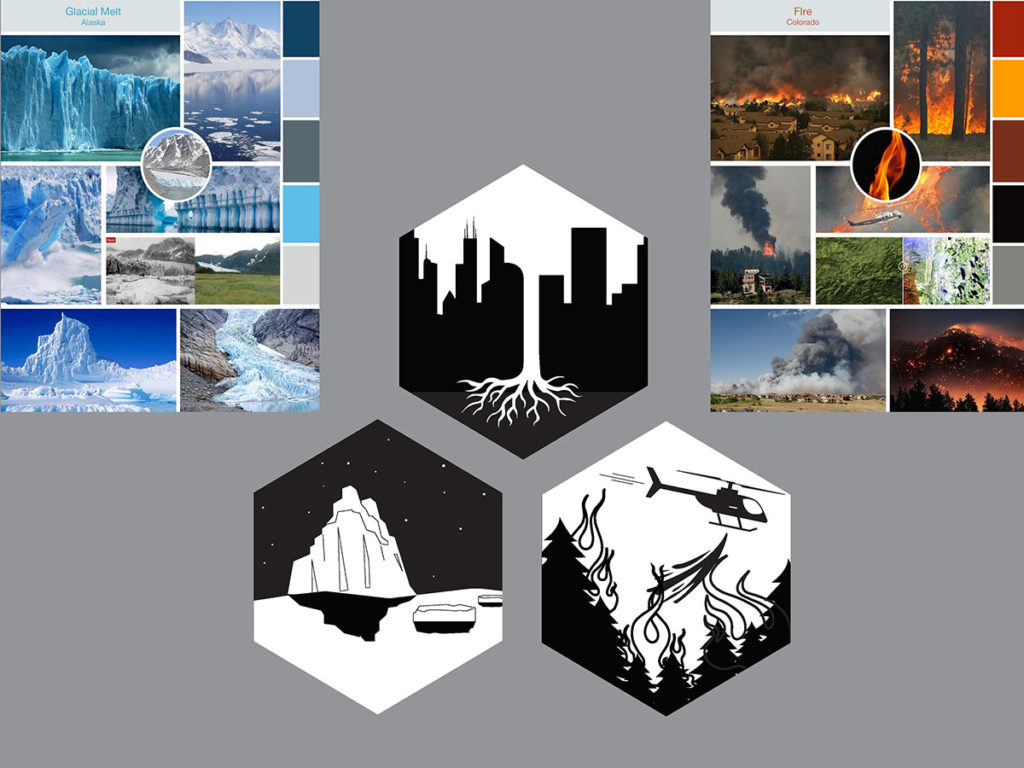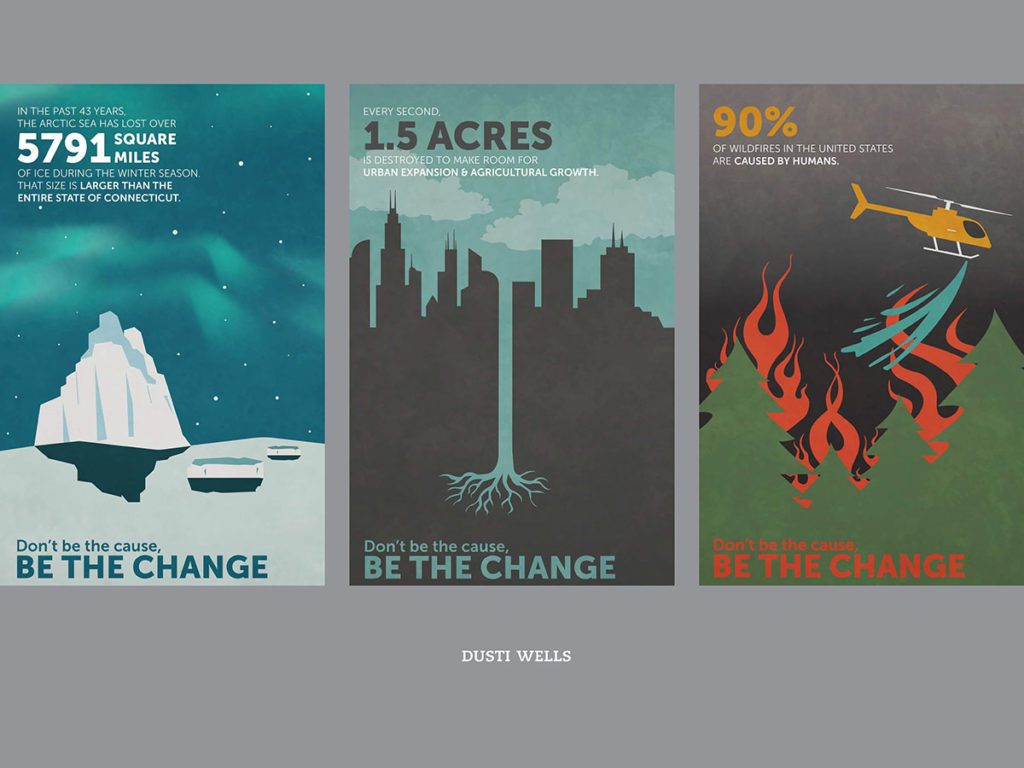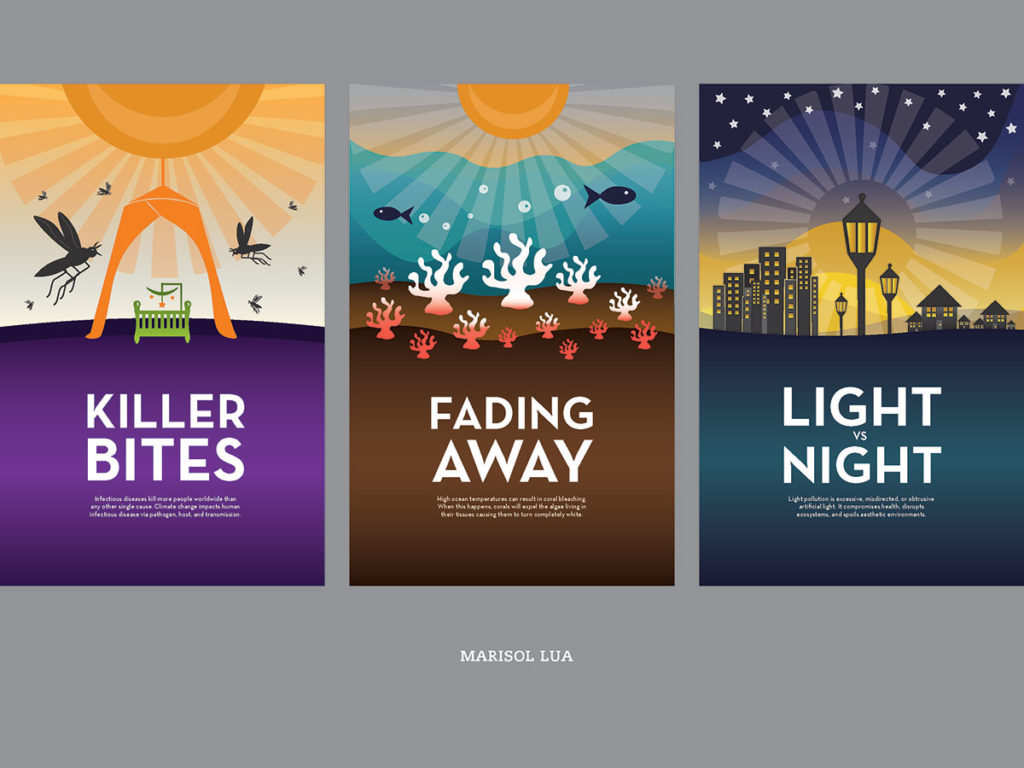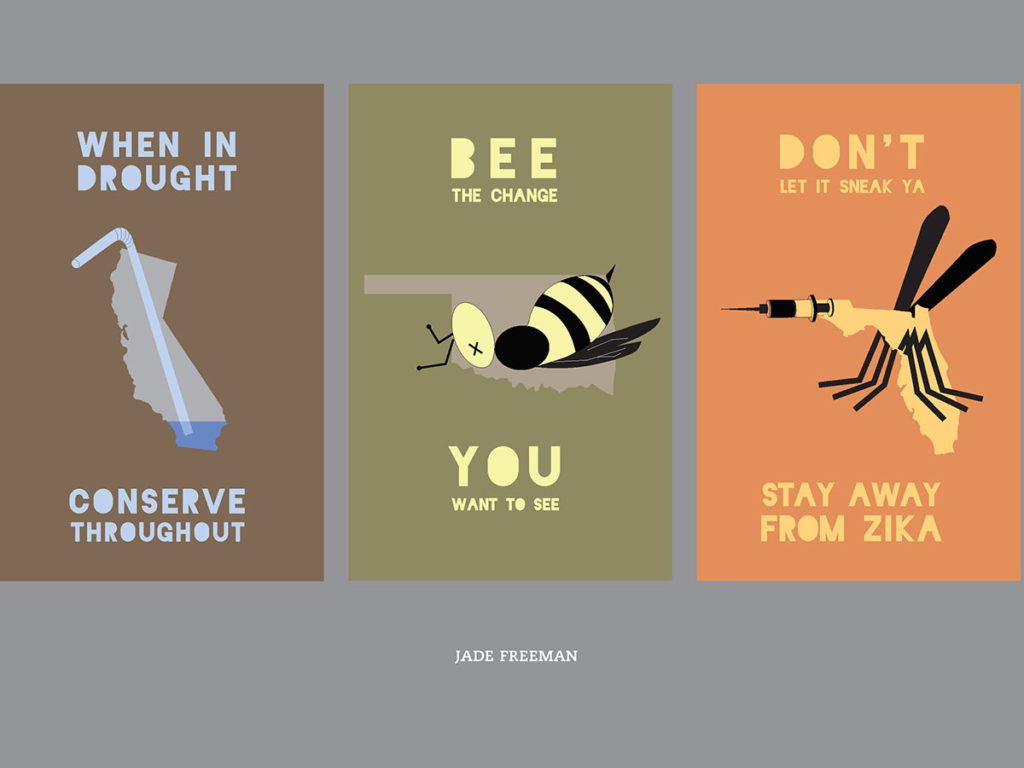Qiuwen Li
Assistant Professor
Santa Clara University
Sara Wheeler
Undergraduate Student
Santa Clara University
Contributors: Iris Stewart-Frey, Ed Maurer, Allan Báez Morales, Gautam Chitnis, Alex Avila, Tanmay Singla, Turner Uyeda, Briana Guingona
Farming communities in vulnerable regions of Northern Nicaragua heavily rely on rain-fed agriculture amidst climate variability. Unfortunately, smallholder farmers often lack timely climate forecasts to inform their decisions. To address this challenge, a collaborative team from Santa Clara University (SCU) has partnered with a Nicaraguan NGO to develop the NicaAgua app. This innovative application assists farmers in planning their planting and harvesting activities based on rainfall forecasts.
This app innovatively simplifies presenting probabilistic rainfall forecasts. Our project leverages resources and advocates integrating data visualization with shapes, symbols, and attributes, following human-centric principles for accessible climate data.
Forecasts’ use relies on perceived skill (Babcock, 2016). The main challenge is converting rain forecasts across language and geography, aligning with local knowledge and ensuring accessibility. We employed participatory methods, surveys, focus groups, and workshops. In design, Gestalt principles make our visuals digestible, aiding in identifying relevant metrics for local climate efforts.
Through visual aids and expertise, this initiative empowers Nicaraguan farmers. We’ll share insights in the session, covering student-centered research, participatory methods, and app design.
References
Babcock, Gabrielle Wong-Parodi, Mitchell J. Small and Iris Grossmann, Stakeholder perceptions of water systems and hydro-climate information in Guanacaste, Costa Rica, Earth Perspectives (2016) 3:3, DOI 10.1186/s40322-016-0035-x
This design research is presented at Design Incubation Colloquium 10.2: Annual CAA Conference 2024 (Hybrid) on Thursday, February 15, 2024.
